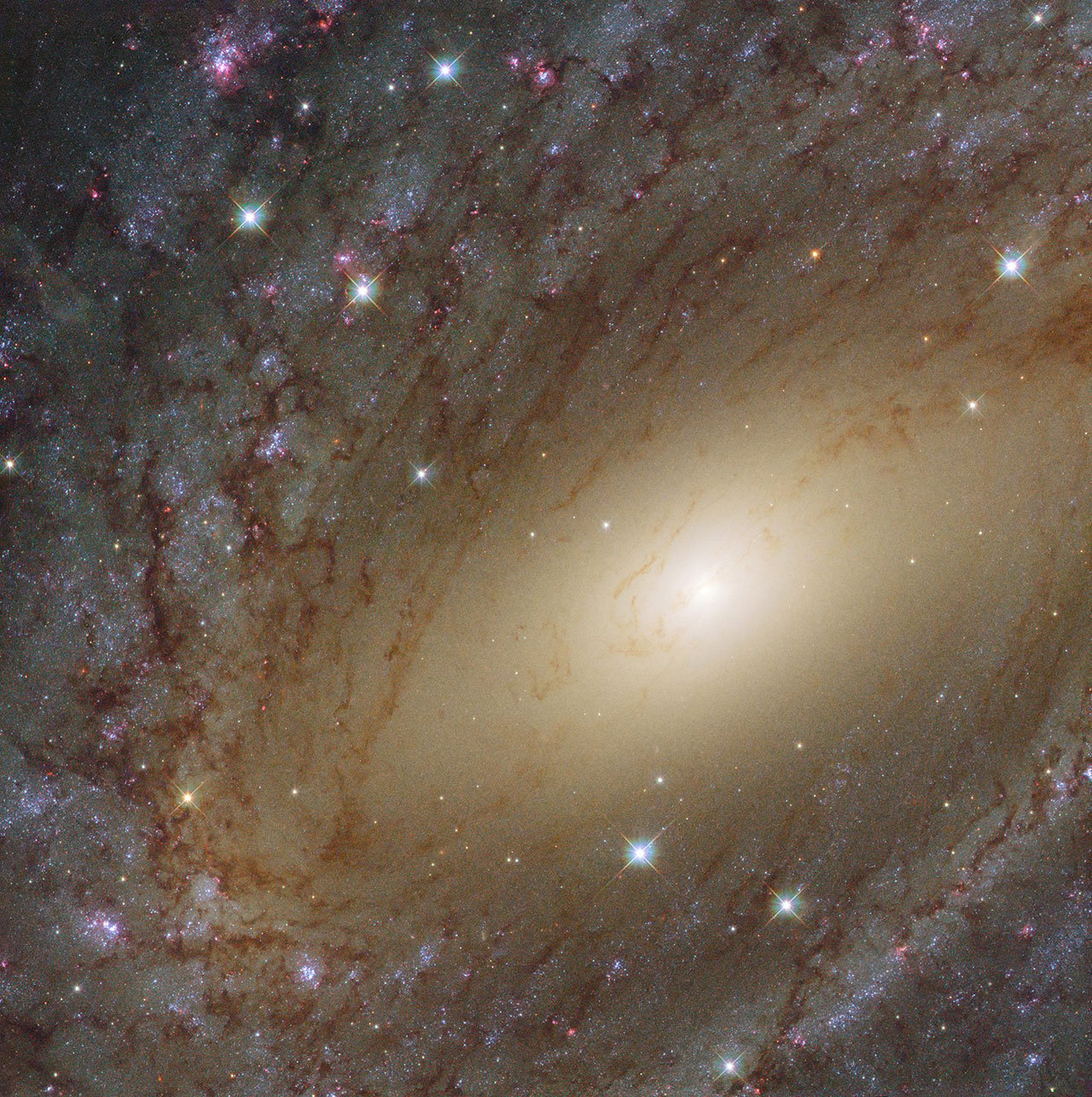


An image taken through a blue filter (F435W, coloured blue) was combined with an image taken through a near-infrared filter (F814W, coloured red). Discovered that nearly every major galaxy is anchored by a black hole at the centre. This picture was created from images take with the Wide Field Channel of Hubble’s Advanced Camera for Surveys. This multiwavelength composite image includes near-infrared light captured by NASA’s Hubble Space Telescope. While many stars have already come to the ends of their lives in NGC 6384, in the centre, star formation is being fuelled by the galaxy’s bar structure astronomers think such galactic bars funnel gas inwards, where it accumulates to form new stars. NASA’s Webb Will Join Forces with the Event Horizon Telescope to Reveal the Milky Way’s Supermassive Black Hole. Except for a few blue foreground stars, the stars are part of the Milky Way’s nuclear star cluster, the most massive and densest star cluster in our galaxy. A runaway nuclear explosion then makes the star suddenly as bright as a whole galaxy. Peering deep into the dusty heart of our Milky Way galaxy using infrared vision, NASA’s Hubble Space Telescope reveals a rich tapestry of more than half a million stars. This was a Type Ia supernova, which occurs when a compact star that has ceased fusion in its core, called a white dwarf, increases its mass beyond a critical limit by gobbling up matter from a companion star.

In 1971, one member of NGC 6384 stood out against these bright foreground stars when one of its stars exploded as a supernova. The positioning of NGC 6384 means that we have to peer at it past many dazzling foreground Milky Way stars that are scattered across this image. This galaxy lies in the constellation of Ophiuchus (The Serpent Bearer), not far from the centre of the Milky Way on the sky. Black-Hole-Driven Outflow From Active Galaxy NGC 1068 About This Image. The NASA/ESA Hubble Space Telescope has produced this finely detailed image of the beautiful spiral galaxy NGC 6384.


 0 kommentar(er)
0 kommentar(er)
